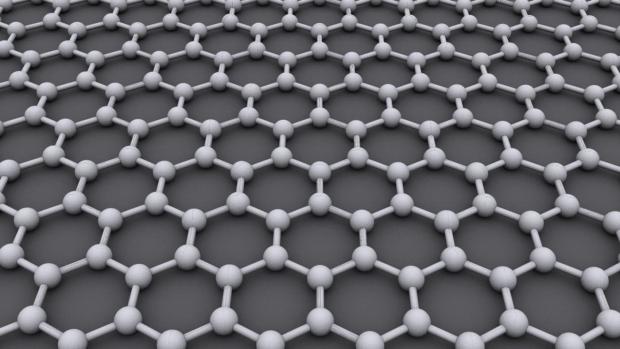
Breaking News
 Global Exclusive: The January 6th Pipe Bomber's Identity Has Been Discovered,...
Global Exclusive: The January 6th Pipe Bomber's Identity Has Been Discovered,...
 Capitol Police Officer Shauni Kerkhoff Identified as J6 Bomber...
Capitol Police Officer Shauni Kerkhoff Identified as J6 Bomber...
 Why Dual Engine Failure Changes Everything -- Louisville Crash Update
Why Dual Engine Failure Changes Everything -- Louisville Crash Update
 Transforming Storage Shelf / Workbench - Small Space Organization
Transforming Storage Shelf / Workbench - Small Space Organization
Top Tech News
 HUGE 32kWh LiFePO4 DIY Battery w/ 628Ah Cells! 90 Minute Build
HUGE 32kWh LiFePO4 DIY Battery w/ 628Ah Cells! 90 Minute Build
 What Has Bitcoin Become 17 Years After Satoshi Nakamoto Published The Whitepaper?
What Has Bitcoin Become 17 Years After Satoshi Nakamoto Published The Whitepaper?
 Japan just injected artificial blood into a human. No blood type needed. No refrigeration.
Japan just injected artificial blood into a human. No blood type needed. No refrigeration.
 The 6 Best LLM Tools To Run Models Locally
The 6 Best LLM Tools To Run Models Locally
 Testing My First Sodium-Ion Solar Battery
Testing My First Sodium-Ion Solar Battery
 A man once paralyzed from the waist down now stands on his own, not with machines or wires,...
A man once paralyzed from the waist down now stands on his own, not with machines or wires,...
 Review: Thumb-sized thermal camera turns your phone into a smart tool
Review: Thumb-sized thermal camera turns your phone into a smart tool
 Army To Bring Nuclear Microreactors To Its Bases By 2028
Army To Bring Nuclear Microreactors To Its Bases By 2028
 Nissan Says It's On Track For Solid-State Batteries That Double EV Range By 2028
Nissan Says It's On Track For Solid-State Batteries That Double EV Range By 2028
Adding silicon-sulfur into 3D graphene makes for game-changing battery potential

Chemists have long known that lithium-sulfur has huge potential as a next-generation battery solution, combining the strengths of a fuel cell (very energy dense) with the strengths of a battery (self-contained energy storage) – all in a package that is extremely environmentally-friendly and that has a low cost of manufacture.
The problem is that cathodes of sulfur and lithium have lots of material loss due to the solubility of polysulfides, and are not often efficient because sulfur has insulative properties rather than conductive. Arranging the sulfur in the lithium mix via various methods has previously shown promise, but has strict limits that have so far not allowed Li-S batteries to be viable for commercialization.
Various attempts to control the sulfur within the lithium mix have usually centered on porous carbons (usually activated carbon) for macroporous, mesoporous, and microporous solutions to make carbon-sulfur hybrids. These have worked, to a point, but have restricted pore volumes and thus limited viability. Likewise, sulfur copolymers have been a promising choice, but still have conductivity issues.

 Carbon based computers that run on iron
Carbon based computers that run on iron

